It all began in 1892, in the oldest and best-known cantina in Ensenada, Mexico, where Juan Hussong served his own hand-made tequila and the classic margarita is rumored to have made its first known appearance. Over 120 years later, Hussong’s Tequila carries on the rich history and legacy of the Hussong family name.
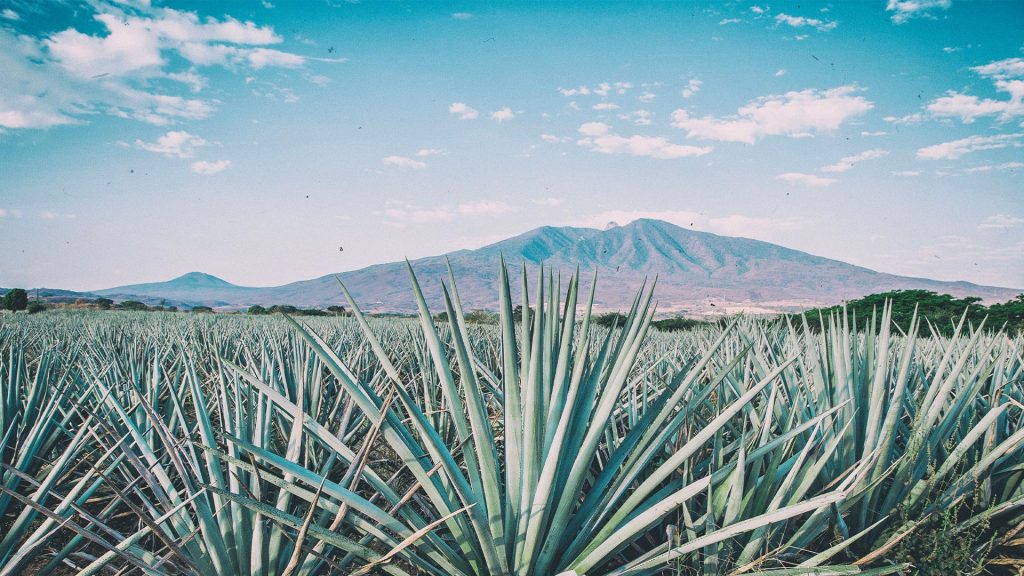
Origins
Harvesting
It all begins with the Agave plant. After growing for a minimum of five years, the Agave is harvested by a Jimador using a sharp bladed Coa. The plants are trimmed very close to the heart leaving a white appearance with minimal green exposure. This process is crucial for a clean and efficient fermentation and distillation process resulting in a quality-finished product.
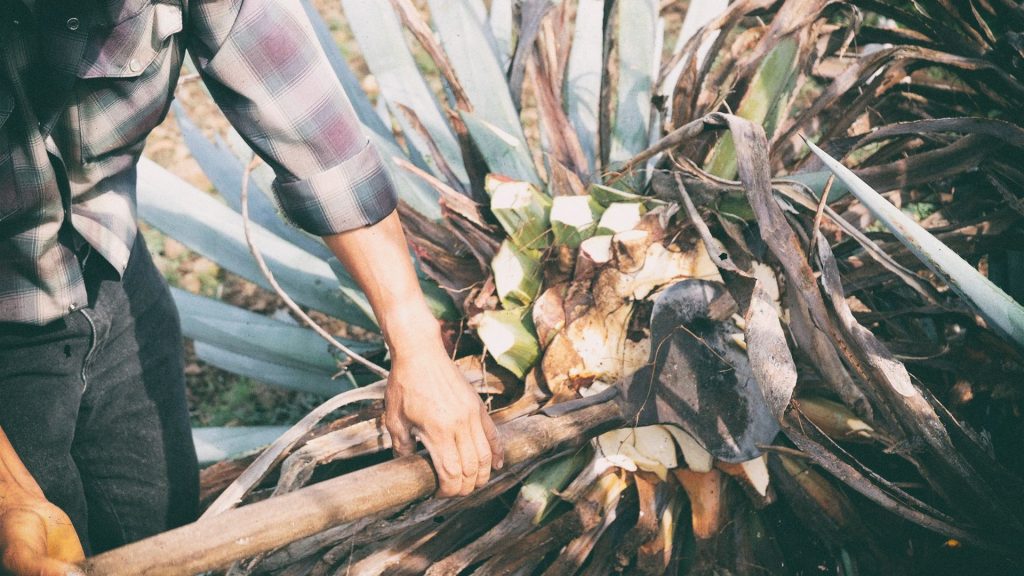
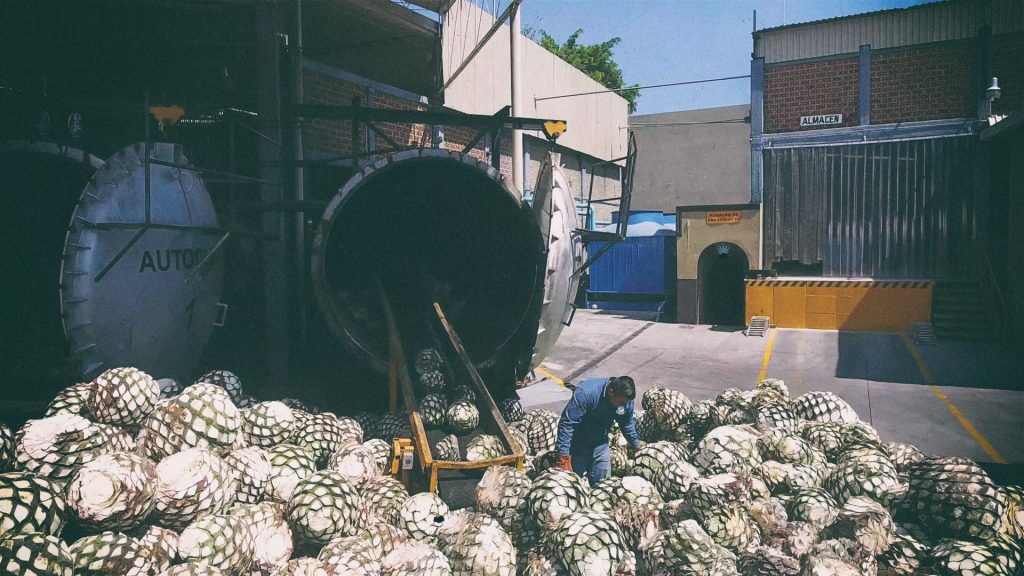
Cooking
The trimmed Agave hearts are cooked using two different methods and then combined for optimum results. Fifty percent of the batch is slowly steam-roasted in centuries-old stone walled brick ovens for approximately 45 hours. This traditional cooking method prevents the hearts from caramelizing while softening the fibers and yielding fermentable sugars. The second half of the batch is cooked in stainless steel autoclaves for approximately 35 hours. This new age cooking method is a different approach to creating the same sugars while bringing more efficiency to the process. The combination of traditional and new age methods provides the perfect product to shred for fermentation.
Shredding
A machine known as a molino or mill is used to shred the cooked agave. As the fibers pass through, they are compressed to release a sugar concentrated juice. Once the juice has been released, it enters an oxygenation machine to enhance its smoothness. This ‘molino’ system is a very similar process used in the production of sugar cane.
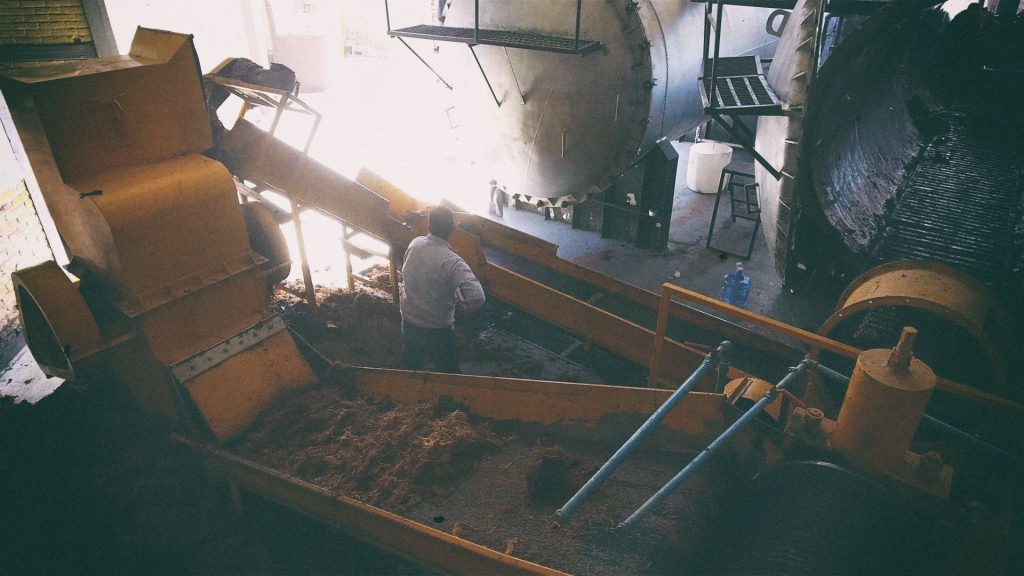
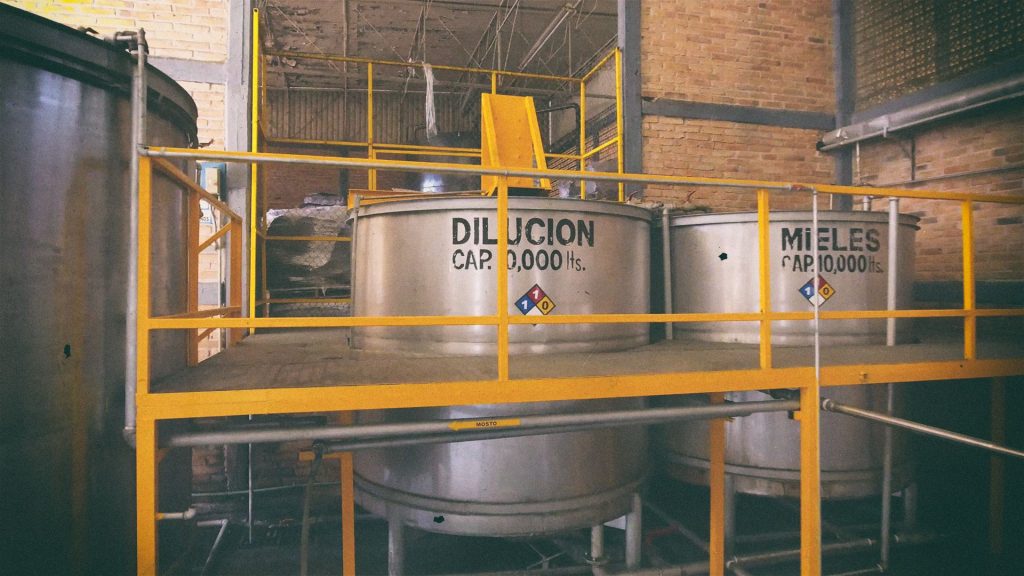
Fermentation
The fermentation process begins when natural occurring yeast is added to the agave juice. After approximately 50 hours, the fermented juice contains an alcohol content between five and nine percent and is now referred to as ‘beer’. We believe our extended fermentation process results in an overall better flavor compared to the more common method of fermenting for only 10-12 hours. The slower the fermentation process, the more full-bodied the agave flavor will be in the tequila.
Distillation
Each batch of ‘beer’ goes through the distillation process twice. The first round separates and concentrates alcohol from the beer in a slow process lasting about five hours. At this time, the alcohol content is approximately 25 percent alcohol creating what is known as ‘ordinary’ tequila. The second distillation process is what enriches the alcohol content to approximately 55% alcohol, becoming the final product before aging.
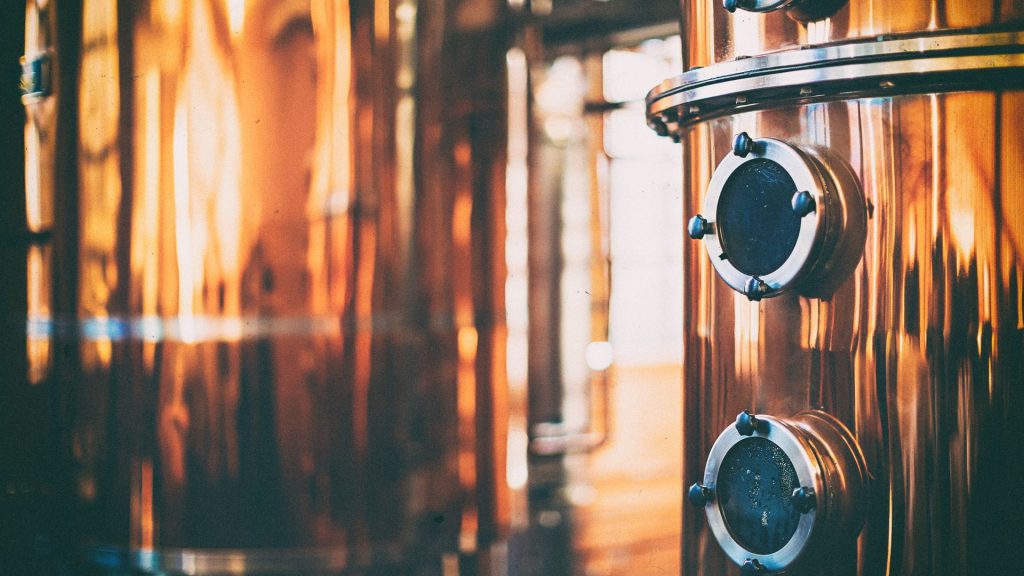
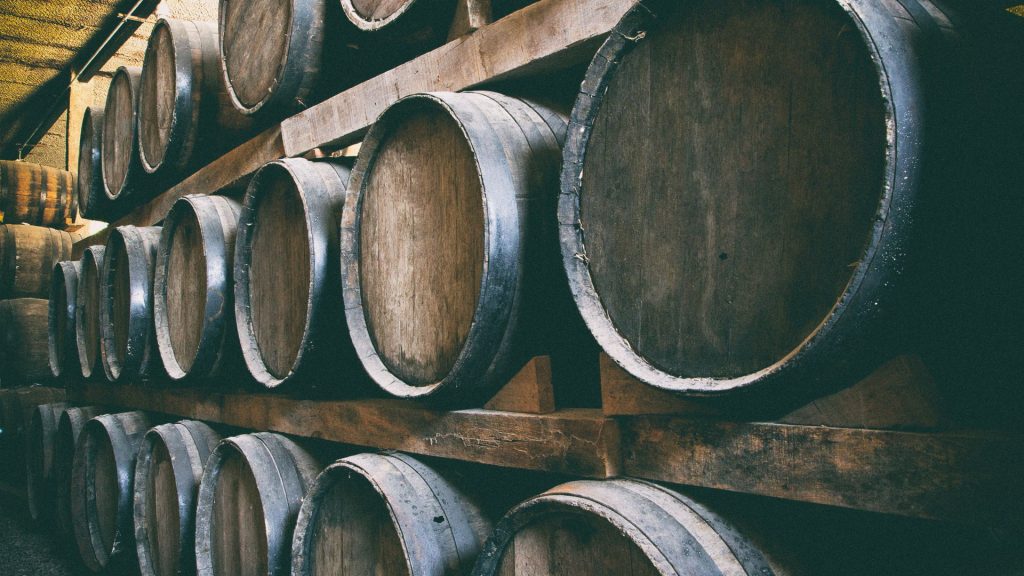
Aging
Hussong’s Reposado, Anejo, and Platinum Tequilas are all aged in used whiskey barrels for several months before they are bottled. The aging process results in a unique taste profile for each member of the Hussong’s Tequila family. The tequila will rest in barrels for four to fifteen months depending on the product. The longer the tequila ages, the more time it has to gain flavor, color, and aroma from the oak barrel.
Chill Treatment
To ensure quality, we pass all our tequilas through a Chill Treatment System, which brings the tequila down to -2 degrees F for 12 hours then trasfered to a cooling tank to bring it back to normal tempertature. This enables all our tequilas to not have any “cloudiness” whether presented or shipped to extreme cold or hot destinations.
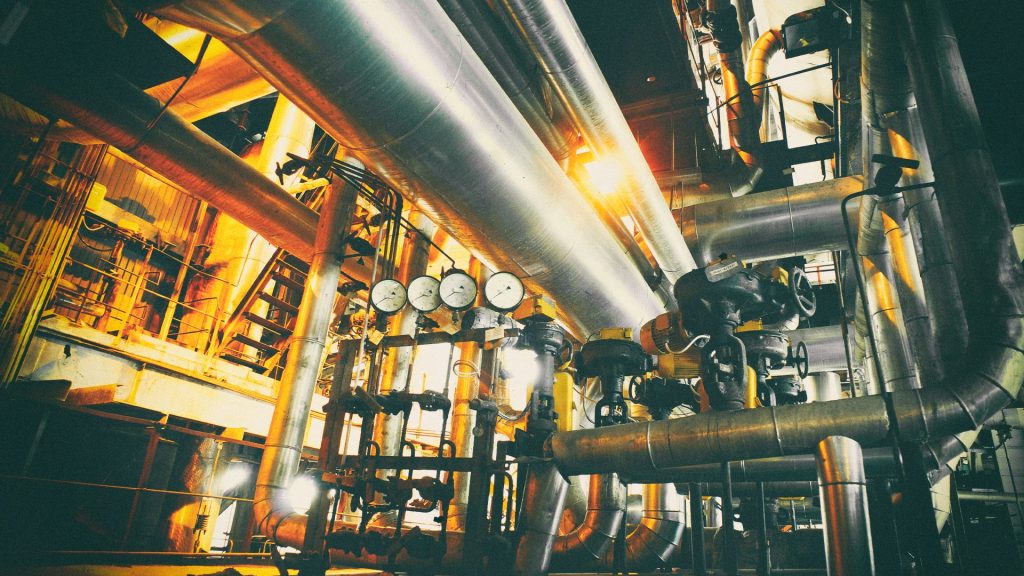
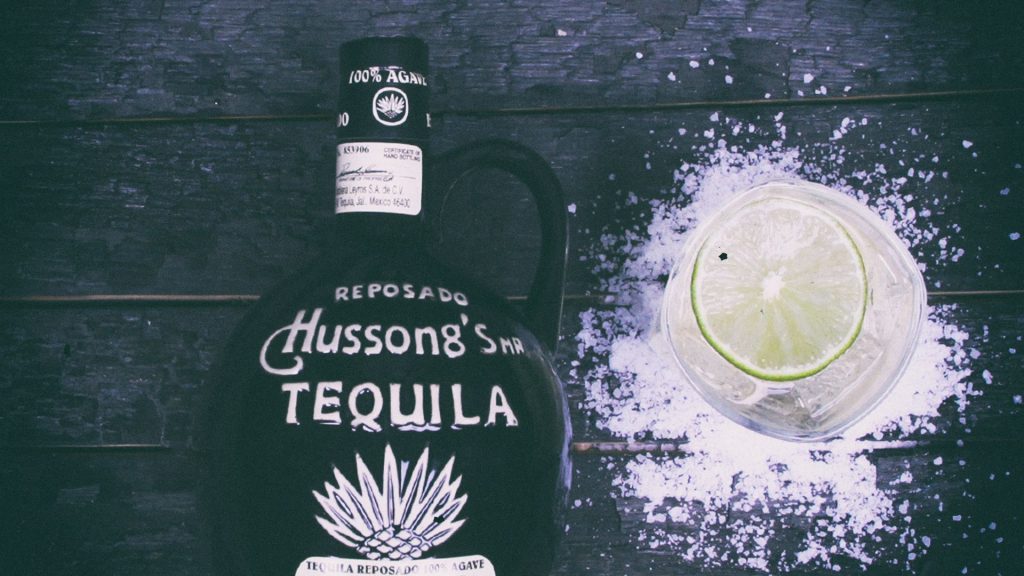
Bottling
Hussong’s 100% Agave Tequila is hand-bottled in clay jugs before it is sealed to preserve its one-of-a-kind taste. This process allows us to pay individual attention to each bottle, ensuring quality and authenticity for your tequila sipping enjoyment.

